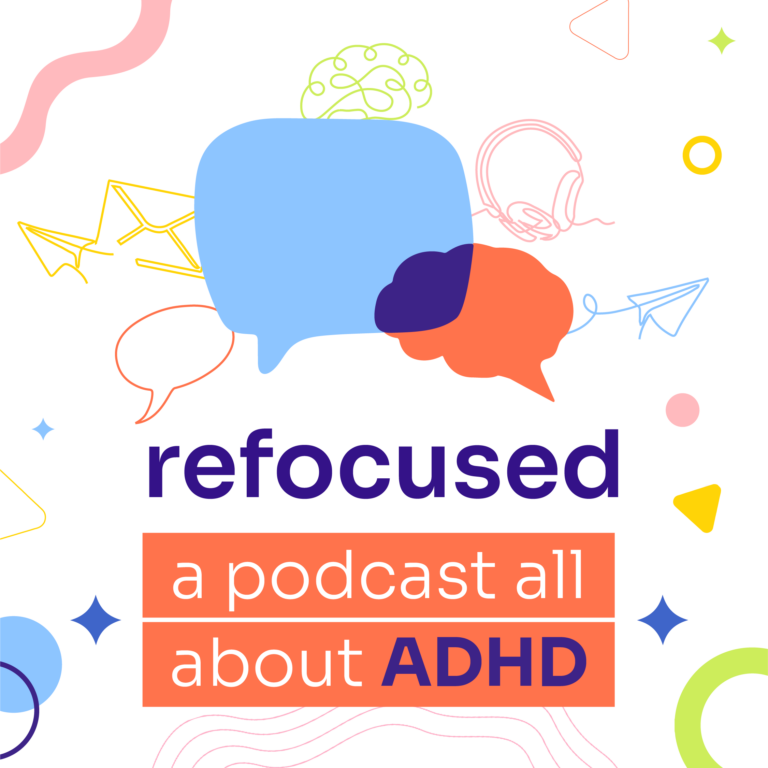As Kids Head Back to School, Pay Attention to Signs of ADHD in Your Child
As you soak up the last bit of summer, you may see signs that we are in “back to school” season. While stores showcase pencils, backpacks, notebooks, and other classroom essentials, there may be a key ingredient missing: your student’s mental health.
Throughout the pandemic, mental health has become a cornerstone of our collective conversation. And with many students returning to in-person classrooms, there may be some new concerns after so much time spent in virtual learning environments.
“It can be easy to attribute signs of ADHD in a child to the tumultuous 18 months we’ve been living,” says Dr. Gayle Jensen-Savoie, Division Chief Psychology at ADHD Online. “But when should a parent start to differentiate pandemic fatigue from symptoms of ADHD? ”
The answer is now.
Sitting at a computer for 8 or more hours a day is enough to make even the most focused among us occasionally stray to an open tab or attend to a social media ping. Therefore, it may be difficult to recognize in children what the signs are of normal online distractions or naturally high energy, and what may be a more serious concern.
Signs and Symptoms
While many children aren’t screened for ADHD until they are school-aged, signs of ADHD can begin to present in children as young as age 5 years old. The medical community utilizes the Diagnostic and Statistical Manual, Fifth Edition (DSM-5) to identify signs of ADHD. The DSM-5 lists three presentations of ADHD: predominantly inattentive, hyperactive-impulsive, and combined.
- Predominantly inattentive symptoms (formerly called Attention Deficit Disorder or ADD):
- Failure to pay close attention to details or makes careless mistakes in schoolwork
- Trouble staying focused in tasks or play
- Appears to not be listening, even when spoken to directly
- Difficulty following through on instructions and failure to finish schoolwork or chores
- Trouble organizing tasks and activities
- Avoids or dislikes tasks that require focused mental effort, such as homework
- Loses items needed for tasks or activities, for example, toys, school assignments, pencils
- Easily distracted
- Forgets to do some daily activities, such as everyday chores
- Hyperactive-impulsive symptoms (ADHD):
- Fidgets with hands or feet or squirms in chair
- Has difficulty remaining seated
- Runs about or climbs excessively
- Difficulty engaging in activities quietly
- Acts as if driven by a motor
- Talks excessively
- Blurts out answers before questions have been completed
- Difficulty waiting or taking turns
- Interrupts or intrudes upon others
- Combined symptoms:
- The individual meets the criteria for both inattentive and hyperactive-impulsive ADHD
Symptom Severity
Symptoms are categorized as mild, moderate or severe. Over time, symptoms may lessen, change or take on different forms.
- Mild: Few symptoms beyond the required number for diagnosis are present, and symptoms result in minor impairment in social, school or work settings
- Moderate: Symptoms or functional impairment between “mild” and “severe” are present
- Severe: Many symptoms are present beyond the number needed to make a diagnosis; several symptoms are particularly severe; or symptoms result in marked impairment in social, school or work settings
When to Seek Help
Children with ADHD may struggle in school; however, with treatment, they can learn strategies to be successful.
If you are concerned about your child, take an assessment with ADHD Online today. Our assessment technology can be completed by a parent or guardian and can be paused at any time. Our team of ADHD experts are here to help you and your student navigate the new school year successfully.
#ADHD #ADHDOnline #ADHDSigns






